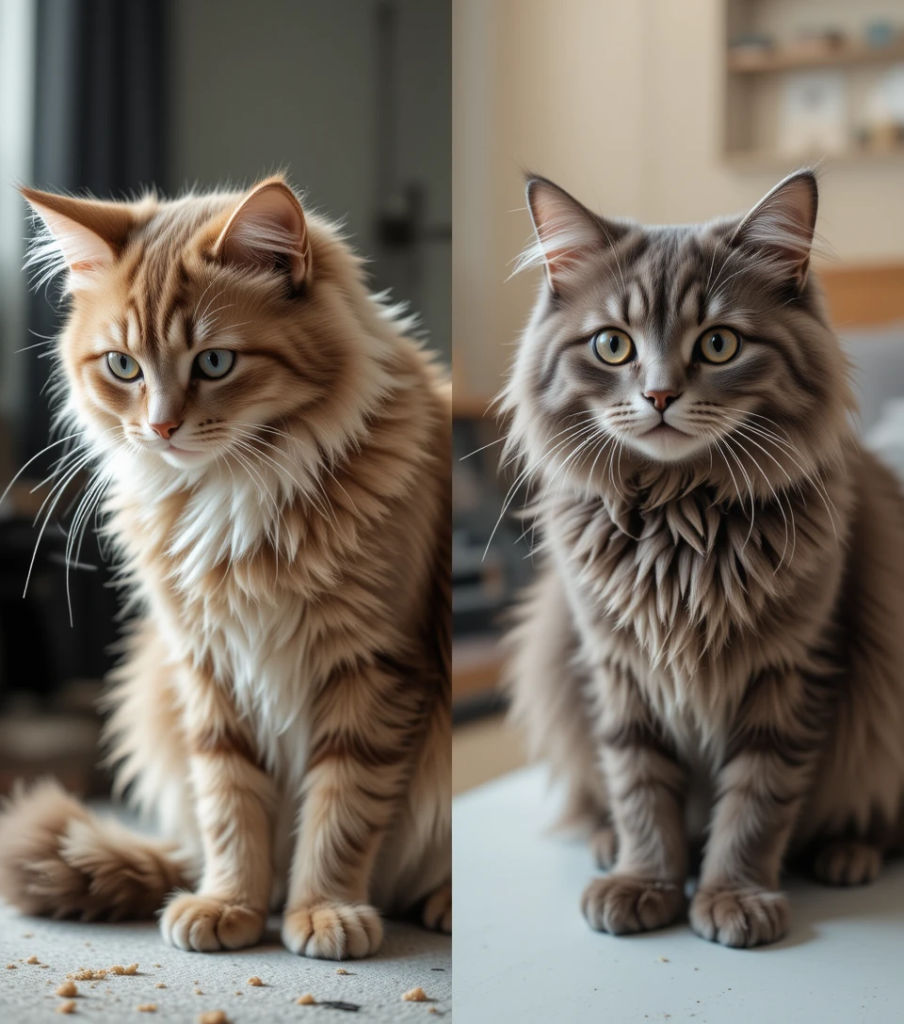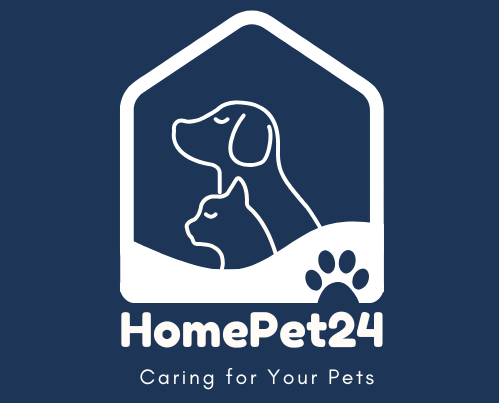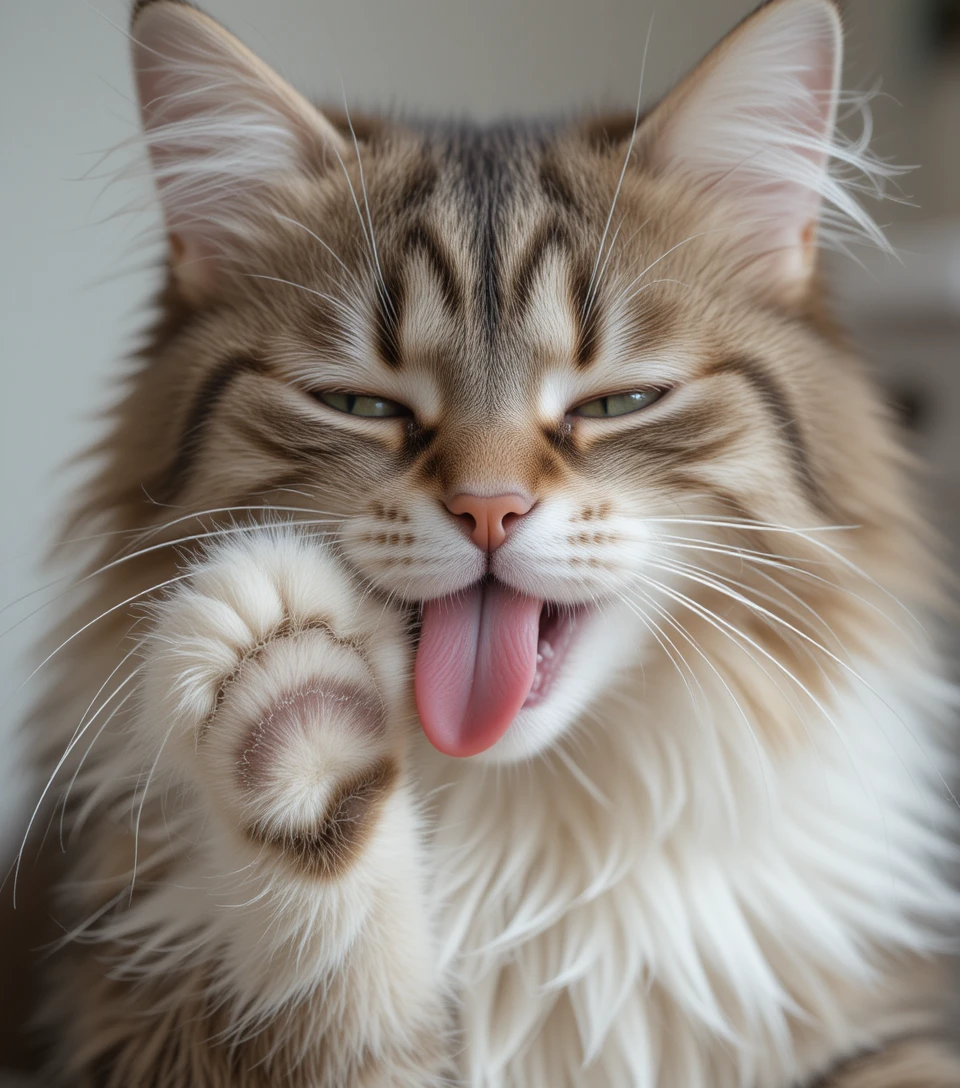Cats are often admired for their mysterious grace, but one of their most fascinating traits is their ability to stay clean and healthy with minimal help. If you’ve ever watched your cat meticulously lick its fur, you’ve seen a natural grooming expert in action. But how exactly do they do it — and how does this behavior keep them healthy?
Let’s explore the secrets of feline self-care and what you can do to support your cat’s hygiene in the easiest way possible.
🧽 How Do Cats Clean Themselves?
Cats rely on a built-in grooming system that’s both efficient and instinctual. Their grooming process includes:
- Licking: Their tongues are covered in backward-facing barbs (papillae) that work like tiny combs to remove dirt, loose fur, and parasites.
- Paw-washing: Cats lick their paws and use them like a washcloth to reach hard-to-lick areas such as the face and ears.
- Nibbling and chewing: This helps untangle matted fur and dislodge debris.
🐾 Fun Fact: A cat can spend up to *50% of its waking hours grooming.
💚 Why Grooming Is Essential for Cat Health
Cat grooming isn’t just about vanity — it plays a key role in overall well-being.
- Removes dirt and allergens
- Prevents skin infections and matting
- Spreads natural oils for a shiny coat
- Reduces parasites like fleas or ticks
By staying clean, cats also reduce the risk of developing painful skin conditions or digestive problems caused by excessive hair ingestion.
😺 How Grooming Keeps Cats Emotionally Balanced
Grooming is a self-soothing behavior. It helps your cat feel safe and calm, especially during stressful times.
- Grooming after being startled is a form of emotional regulation.
- Cats may groom one another in multi-cat households (known as allogrooming), strengthening social bonds.
A well-groomed cat is usually a happy and emotionally stable cat.
⚠️ Do Cats Groom Themselves Enough? Signs to Watch

Not all grooming is healthy. Here’s what to look out for:
🚨 Overgrooming
- Bald spots
- Inflamed or red skin
- Excessive licking or biting
May indicate allergies, stress, pain, or skin infections.
🚫 Undergrooming
- Greasy or matted fur
- Dandruff
- Bad odor
Could point to obesity, dental issues, or arthritis limiting mobility.
🪥 When and Why You Should Step In to Help
While cats are mostly independent, they sometimes need a hand:
- Brushing: Reduces hairballs and prevents matting, especially for long-haired cats.
- Bathing: Rarely needed but helpful in extreme dirt or medical conditions.
- Dental care: Daily or weekly brushing helps reduce plaque and disease.
- Checkups: Regular vet visits detect hidden health problems affecting grooming.
🐾 Common Grooming-Related Health Issues
Despite their habits, cats are prone to a few grooming-related problems:
| Issue | Cause | Prevention |
|---|---|---|
| Hairballs | Swallowed fur | Daily brushing, hairball remedies |
| Skin irritations | Fleas, mites, allergies | Flea control, vet care |
| Obesity-related neglect | Inability to reach areas | Diet & exercise |
| Dental disease | Painful mouths reduce grooming | Regular oral care |
🏡 Indoor vs. Outdoor Cats: Grooming Differences
| Category | Indoor Cats | Outdoor Cats |
|---|---|---|
| Exposure | Dust, dander, artificial fabrics | Dirt, insects, pollutants |
| Parasites | Less common | Higher risk |
| Coat Care | Generally easier | Requires more owner support |
No matter where your cat lives, they benefit from a regular check to ensure their grooming habits are doing the job.
✅ Final Thoughts: Keeping Your Cat Clean and Happy
Cats are natural-born groomers, and their instincts keep them impressively clean. However, age, health, or lifestyle can affect how well they care for themselves. A little help from you — like regular brushing, good nutrition, and vet care — ensures they stay healthy, shiny, and comfortable.
Supporting your cat’s grooming routine is one of the easiest and most loving ways to care for them. 🐱💚
❓ Frequently Asked Questions (FAQs)
1. Why do cats lick themselves so often?
Cats lick to remove dirt, distribute oils, and regulate temperature. It’s part of their daily hygiene routine and helps them stay healthy.
2. Is it normal for my cat to lick its fur after eating?
Yes. Cats often groom after meals to clean food residue and reset their scent, a behavior passed down from wild ancestors.
3. How do I know if my cat is overgrooming?
Watch for bald patches, irritated skin, or obsessive licking. These may signal allergies, stress, or medical issues.
4. Should I bathe my cat regularly?
Only when necessary. Most cats don’t need baths unless they get into something harmful or have a medical condition.
5. How can I reduce hairballs in my cat?
Brush your cat daily and provide a hairball control diet or remedy to help move ingested fur through the digestive system.
6. Do short-haired cats need grooming too?
Yes. While they shed less, brushing removes dirt and loose hair and strengthens the bond between you and your cat.
7. What causes poor grooming in older cats?
Arthritis, dental disease, and obesity can limit mobility and comfort, making self-cleaning difficult.
8. Can grooming be a sign of stress in cats?
Yes. Cats may overgroom as a coping mechanism for stress, boredom, or anxiety. Look for repetitive, excessive licking.
9. Is it safe to use baby wipes to clean my cat?
No. Use only vet-approved cat grooming wipes, as many baby wipes contain harmful chemicals or fragrances.
10. How often should I brush my cat?
Daily for long-haired breeds, and 2–3 times a week for short-haired cats is ideal for coat health and shedding control.

